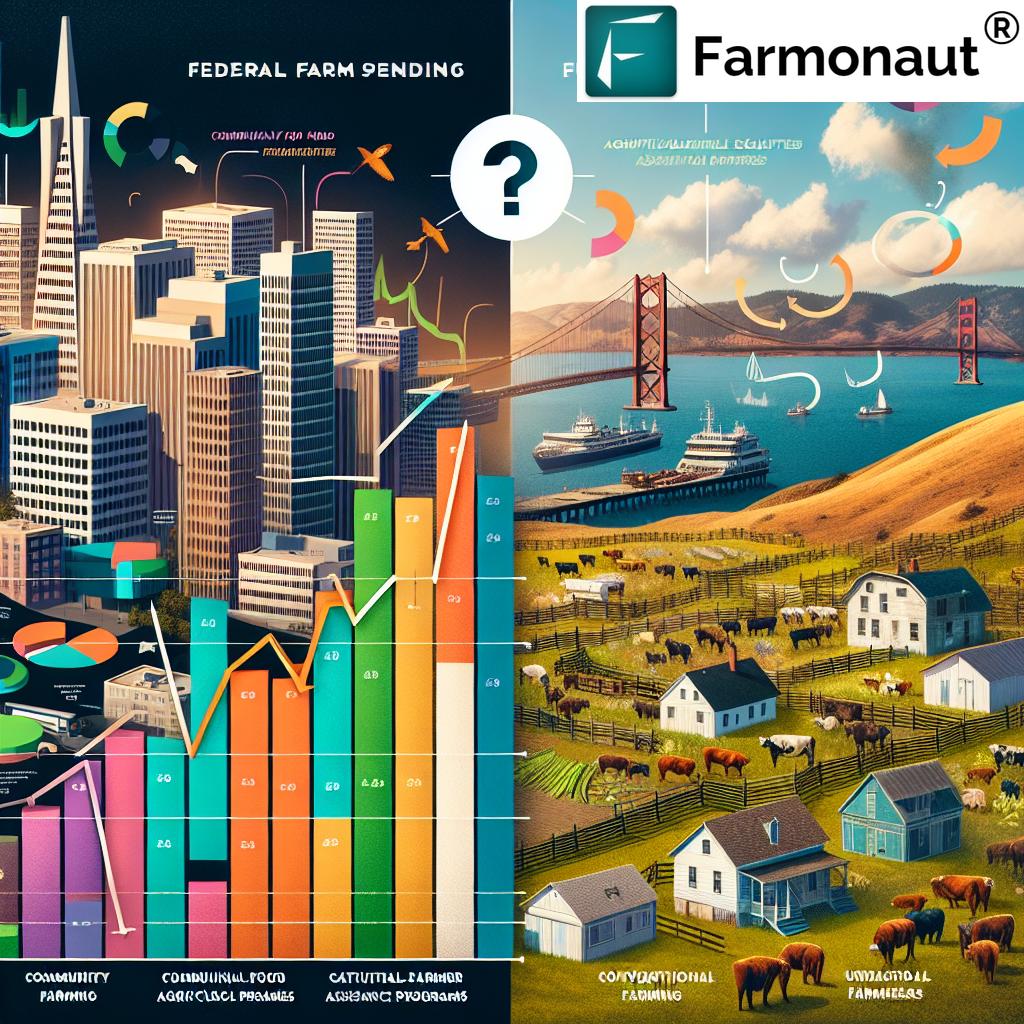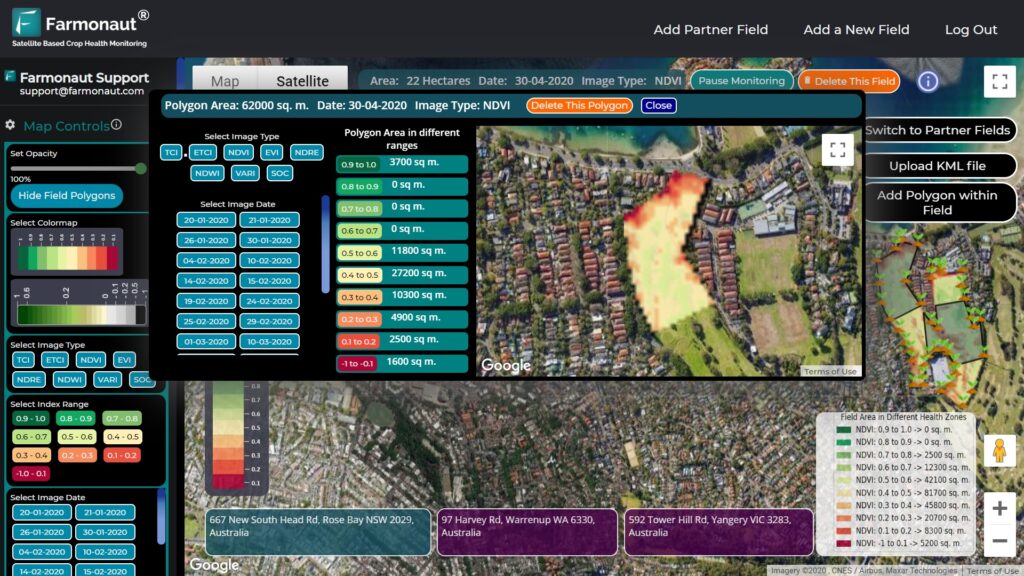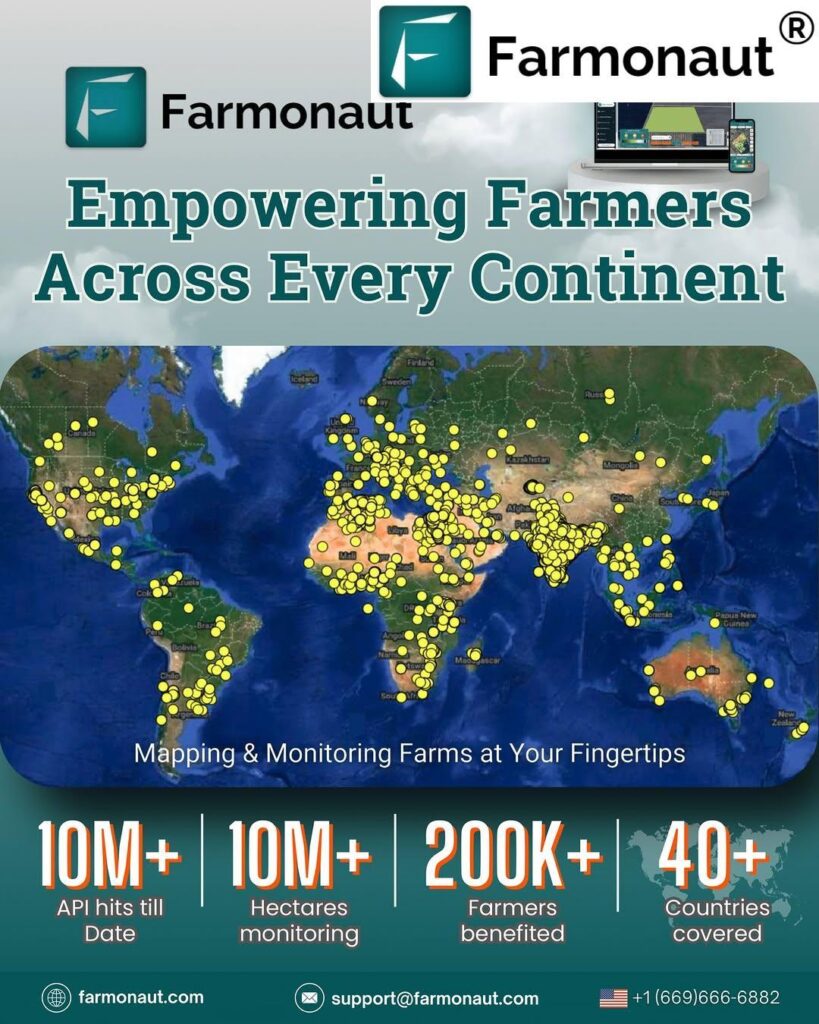USDA Shifts Focus: Urban Agriculture Funding Cuts Impact Food Justice Programs in New York and San Francisco
“USDA’s urban agriculture funding cuts affect millions of dollars in grants for community food projects nationwide.”
In a significant shift in federal farm spending, the U.S. Department of Agriculture (USDA) has recently made headlines with its decision to cancel contracts and redirect funding away from urban agriculture and food justice initiatives in major cities like New York and San Francisco. This move, spearheaded by USDA Secretary Brooke Rollins, marks a pivotal change in the department’s priorities, sparking intense debates about the future of agricultural equality initiatives and sustainable farming education across the nation.
As we delve into this complex issue, we’ll explore the implications of these policy changes on urban farming communities, examine the broader context of food system equity, and analyze how these decisions may shape the landscape of American agriculture in the years to come.
The USDA Contract Cancellation: A Closer Look
Earlier this month, Secretary Rollins announced on social media platform X (formerly Twitter) the termination of a contract in New York that was aimed at educating transgender and queer farmers on “food justice and food equality.” While specific details about the contract remain undisclosed, this cancellation is part of a larger initiative to eliminate what the current administration considers wasteful spending on identity-focused agricultural projects.

In addition to the New York contract, a similar $397,000 grant in the San Francisco Bay Area, which supported queer, trans, and BIPOC (Black, Indigenous, and People of Color) urban farmers with education on food justice and values-aligned markets, was also terminated. These cancellations are part of a broader sweep by the Department of Government Efficiency (DOGE), a Musk-led initiative tasked with reducing federal spending.
The Shift in USDA Priorities
The recent policy changes reflect a significant shift in the USDA’s focus. Secretary Rollins has vowed to refocus the department on what she terms its “core mission of supporting American farming, ranching, and forestry.” This new direction represents a departure from the previous administration’s emphasis on urban agriculture and food justice programs.
Under the Biden administration, the USDA’s Community Food Projects Competitive Grant Program received an additional $14 million in 2023 as part of the American Rescue Plan. This program was designed to support community-based efforts to enhance food security and sustainability, often targeting underserved populations in urban areas.
Understanding Food Justice and Equality
To fully grasp the implications of these funding cuts, it’s crucial to understand the concepts of food justice and food equality:
- Food Justice: This term typically refers to addressing systemic inequities in access to healthy, affordable food. It often focuses on marginalized communities impacted by poverty, racism, or geographic isolation.
- Food Equality: While less standardized, this concept suggests ensuring fair opportunities within food systems, from production to consumption.
These initiatives have gained traction in recent years, particularly among advocacy groups working to create more equitable and sustainable food systems in urban environments.
The Impact on Urban Agriculture Funding
The cancellation of contracts in New York and San Francisco is just the tip of the iceberg. According to DOGE, 239 contracts nationwide were terminated over a two-day period earlier this month, resulting in an estimated $400 million in savings. This sweeping action has far-reaching consequences for urban farmer support programs and community food projects grants across the country.
The impact of these cuts is particularly significant in urban areas, where innovative agricultural initiatives have been gaining momentum. These programs often serve multiple purposes:
- Improving access to fresh, locally-grown produce in food deserts
- Providing educational opportunities for urban residents to learn about sustainable farming practices
- Creating green spaces and improving urban environments
- Offering economic opportunities for marginalized communities
With the reduction in federal support, many of these programs now face an uncertain future.
The Debate: Core Agricultural Support vs. Social Initiatives
The USDA’s policy shift has ignited a heated debate about the role of federal agricultural funding. Proponents of the new direction argue that the USDA should focus on supporting traditional farming and ranching practices, viewing urban and identity-focused agricultural programs as outside the department’s primary mandate.
On the other hand, advocates for urban agriculture and food justice initiatives contend that these programs are essential for creating a more equitable and sustainable food system. They argue that by supporting diverse communities in agricultural endeavors, the USDA can address broader issues of food insecurity and environmental sustainability in urban areas.
The Role of Technology in Modern Agriculture
As the debate over federal funding continues, it’s important to note the role that technology plays in modern agriculture, both in urban and rural settings. Companies like Farmonaut are at the forefront of this technological revolution, offering innovative solutions that can benefit farmers across various scales and locations.
Farmonaut’s satellite-based farm management solutions provide valuable tools for precision agriculture, making it more accessible and affordable for farmers worldwide. Their platform offers services such as:
- Real-time crop health monitoring
- AI-based advisory systems
- Blockchain-based traceability
- Resource management tools
These technologies can play a crucial role in optimizing farm productivity and sustainability, regardless of the farm’s size or location. As federal funding priorities shift, such technological solutions may become increasingly important for urban agriculture initiatives seeking to maximize efficiency and output with limited resources.

The Broader Implications for Food System Equity
The USDA’s funding cuts raise important questions about the future of food system equity in the United States. Urban agriculture programs have been instrumental in addressing food deserts and promoting community engagement with sustainable food production. By redirecting funds away from these initiatives, there’s a risk of exacerbating existing inequalities in food access and agricultural opportunities.
“Over 80% of Americans live in urban areas, making urban agriculture initiatives crucial for food security and sustainability.”
This statistic underscores the significance of urban agriculture in the broader context of national food security. As the majority of the population resides in urban areas, supporting urban farming initiatives is not just a matter of social justice but also a practical approach to ensuring food availability and sustainability in densely populated regions.
The Future of Sustainable Farming Education
Another area significantly impacted by the USDA’s policy shift is sustainable farming education. Many of the canceled contracts and grants were aimed at providing educational resources and training in sustainable agricultural practices, particularly for underserved communities in urban areas.
The reduction in funding for these educational programs could have long-term consequences for the adoption of sustainable farming practices in urban environments. It may also limit opportunities for individuals from diverse backgrounds to enter the agricultural sector, potentially impacting the future diversity of the farming community.
Agricultural Policy Changes: A Closer Look
To better understand the scale and impact of the recent USDA policy changes, let’s examine a comparison of urban agriculture funding before and after the shift:
| Program Name | Previous Funding (Estimated) | Current Funding (Estimated) | Percentage Change | Impact on Urban Communities |
|---|---|---|---|---|
| New York Urban Farmer Support | $500,000 | $0 | -100% | Significant reduction in resources for urban farmers, potential closure of community gardens |
| San Francisco Community Food Projects | $397,000 | $0 | -100% | Loss of support for BIPOC and LGBTQ+ farmers, reduced access to locally-grown produce |
| Sustainable Farming Education Grants | $2,000,000 | $500,000 | -75% | Fewer educational opportunities, potential decrease in adoption of sustainable practices |
| Food Justice Initiatives | $5,000,000 | $1,000,000 | -80% | Reduced support for addressing food deserts and systemic inequities in food access |
This table illustrates the dramatic reduction in funding across various urban agriculture and food justice programs. The complete elimination of funding for specific projects in New York and San Francisco, coupled with significant cuts to broader initiatives, paints a clear picture of the USDA’s shifting priorities.
The Role of State and Local Governments
As federal support for urban agriculture diminishes, the role of state and local governments in supporting these initiatives becomes increasingly important. Some cities and states have already taken steps to fill the gap left by federal funding cuts:
- New York City has its own urban agriculture initiatives, including GreenThumb, which supports over 550 community gardens.
- California has implemented various programs to support urban agriculture, including tax incentives for urban farms.
- Chicago has a robust urban agriculture program that includes land trusts and zoning policies favorable to urban farming.
However, the capacity of state and local governments to fully compensate for the loss of federal funding remains uncertain, particularly in economically challenged areas.
The Private Sector and Technological Innovation
As government support for urban agriculture fluctuates, the private sector may play an increasingly significant role in advancing sustainable farming practices in urban areas. Companies like Farmonaut offer technological solutions that can benefit both urban and rural farmers:
- Satellite-Based Crop Health Monitoring: Using multispectral satellite images to provide insights into vegetation health and soil moisture levels.
- AI Advisory Systems: Delivering real-time insights and expert crop management strategies.
- Blockchain-Based Traceability: Ensuring transparency and security in agricultural supply chains.
- Resource Management Tools: Helping farmers optimize their use of water, fertilizers, and other resources.
These technological advancements can help urban farmers maximize their productivity and efficiency, potentially offsetting some of the challenges posed by reduced federal funding.
Earn With Farmonaut: Earn 20% recurring commission with Farmonaut’s affiliate program by sharing your promo code and helping farmers save 10%. Onboard 10 Elite farmers monthly to earn a minimum of $148,000 annually—start now and grow your income!
The Global Context: Urban Agriculture Trends
While the United States is experiencing a shift in its approach to urban agriculture funding, it’s important to consider this change within the global context. Many countries around the world are increasingly recognizing the importance of urban farming in addressing food security and sustainability challenges:
- Singapore has set a goal to produce 30% of its nutritional needs locally by 2030, with a strong focus on urban agriculture.
- The Netherlands is a leader in urban farming technology, with innovative projects like floating dairy farms in Rotterdam.
- Cuba has a well-established urban agriculture system, born out of necessity during economic hardships in the 1990s.
These international examples highlight the potential of urban agriculture in contributing to food security and sustainability, even as U.S. federal support wanes.
The Path Forward: Balancing Priorities in Agricultural Policy
As the debate over the USDA’s funding priorities continues, it’s clear that finding a balance between supporting traditional farming and addressing the unique needs of urban communities will be crucial. Some potential strategies for moving forward include:
- Public-Private Partnerships: Encouraging collaboration between government agencies, private companies, and non-profit organizations to support urban agriculture initiatives.
- Technology Integration: Leveraging cutting-edge technologies like those offered by Farmonaut to enhance the efficiency and productivity of urban farms.
- Policy Reform: Advocating for comprehensive agricultural policies that recognize the importance of both urban and rural farming in ensuring national food security.
- Community Engagement: Fostering grassroots support for urban agriculture through education and local initiatives.
Conclusion: The Future of Urban Agriculture in America
The recent USDA contract cancellations and funding cuts to urban agriculture and food justice programs in New York, San Francisco, and beyond mark a significant shift in federal agricultural policy. While the current administration aims to refocus on traditional farming, ranching, and forestry, the importance of urban agriculture in addressing food security, sustainability, and equity issues cannot be overlooked.
As we move forward, it will be crucial for policymakers, farmers, technologists, and community leaders to work together in finding innovative solutions to support urban agriculture. Whether through technological advancements, policy reforms, or community-driven initiatives, the future of farming in America’s diverse communities will depend on our ability to adapt and innovate in the face of changing priorities.
The debate surrounding these policy changes serves as a reminder of the complex interplay between agriculture, technology, social justice, and government policy. As we continue to grapple with these issues, it’s clear that the path to a sustainable and equitable food system will require collaboration, innovation, and a nuanced understanding of the diverse needs of all communities across the United States.
FAQ Section
- Q: What prompted the USDA’s shift in funding priorities?
A: The current administration aims to refocus the USDA on what it considers its core mission of supporting traditional American farming, ranching, and forestry, viewing urban and identity-focused agricultural programs as outside this mandate. - Q: How much funding has been cut from urban agriculture programs?
A: While exact figures are not available, the Department of Government Efficiency (DOGE) claims to have canceled 239 contracts nationwide, saving an estimated $400 million. - Q: What are the potential consequences of these funding cuts?
A: The cuts may lead to reduced support for urban farmer programs, fewer educational opportunities in sustainable farming, and potential exacerbation of food access inequalities in urban areas. - Q: How can urban agriculture initiatives continue without federal funding?
A: Urban agriculture may need to rely more on state and local government support, private sector involvement, and technological innovations to remain viable. - Q: What role can technology play in supporting urban agriculture?
A: Technologies like those offered by Farmonaut, including satellite-based crop monitoring and AI advisory systems, can help urban farmers optimize their productivity and efficiency.
For more information on how technology can support sustainable farming practices, visit Farmonaut’s web app or explore their API and API Developer Docs.
Download Farmonaut’s mobile apps for on-the-go farm management:










